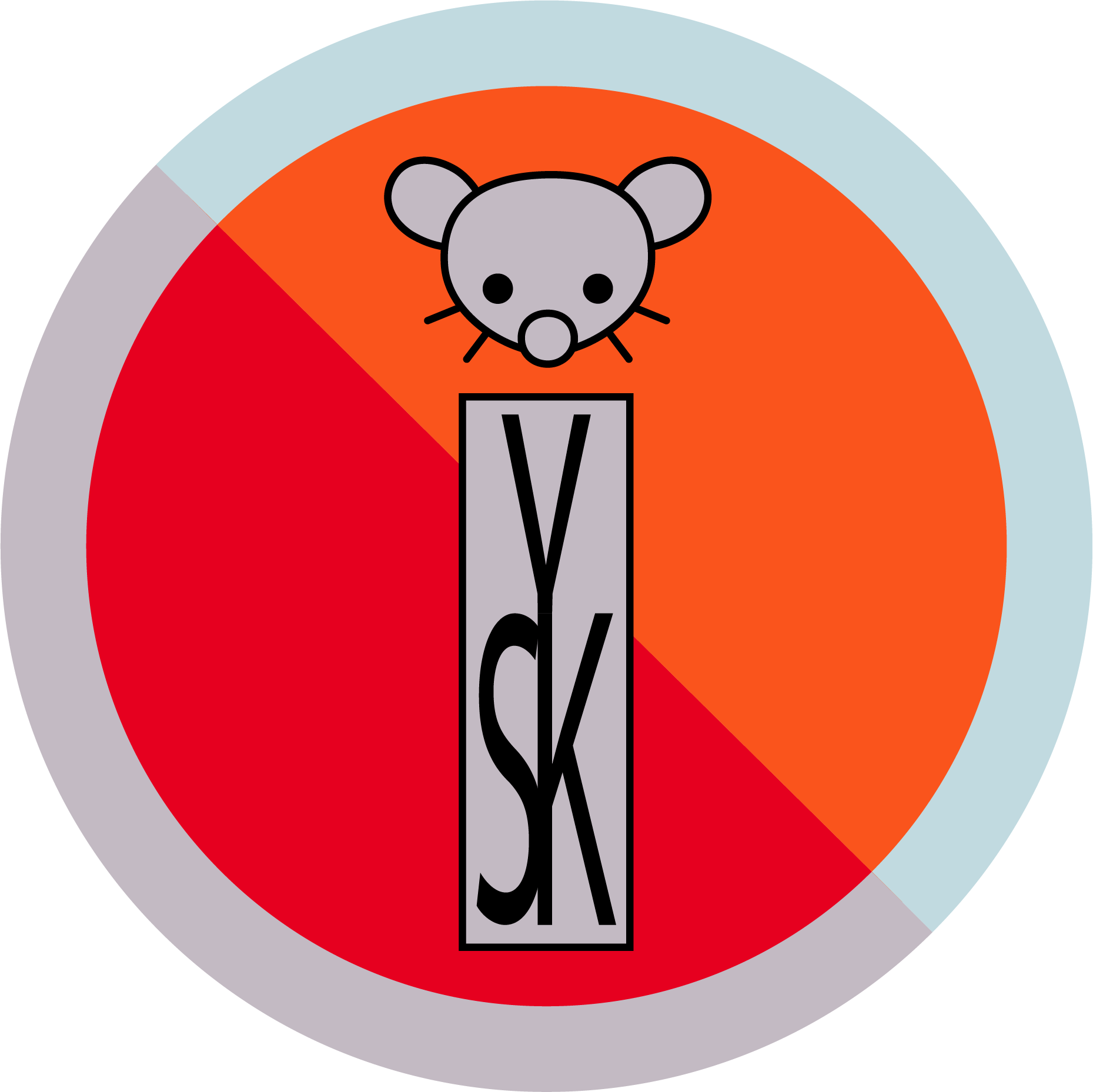

I wish Anki existed during my SAT days.
Do you know hard it was to learn 1000+ SAT words without Anki back then? I had to use like, a book. And index cards written by hand. My hand cramped up just writing all those words down.


I wish Anki existed during my SAT days.
Do you know hard it was to learn 1000+ SAT words without Anki back then? I had to use like, a book. And index cards written by hand. My hand cramped up just writing all those words down.


That’s not what storage engineers mean when they say “bitrot”.
“Bitrot”, in the scope of ZFS and BTFS means the situation where a hard-drive’s “0” gets randomly flipped to “1” (or vice versa) during storage. It is a well known problem and can happen within “months”. Especially as a 20-TB drive these days is a collection of 160 Trillion bits, there’s a high chance that at least some of those bits malfunction over a period of ~double-digit months.
Each problem has a solution. In this case, Bitrot is “solved” by the above procedure because:
Bitrot usually doesn’t happen within single-digit months. So ~6 month regular scrubs nearly guarantees that any bitrot problems you find will be limited in scope, just a few bits at the most.
Filesystems like ZFS or BTFS, are designed to handle many many bits of bitrot safely.
Scrubbing is a process where you read, and if necessary restore, any files where bitrot has been detected.
Of course, if hard drives are of noticeably worse quality than expected (ex: if you do have a large number of failures in a shorter time frame), or if you’re not using the right filesystem, or if you go too long between your checks (ex: taking 25 months to scrub for bitrot instead of just 6 months), then you might lose data. But we can only plan for the “expected” kinds of bitrot. The kinds that happen within 25 months, or 50 months, or so.
If you’ve gotten screwed by a hard drive (or SSD) that bitrots away in like 5 days or something awful (maybe someone dropped the hard drive and the head scratched a ton of the data away), then there’s nothing you can really do about that.


Wait, what’s wrong with issuing “ZFS Scan” every 3 to 6 months or so? If it detects bitrot, it immediately fixes it. As long as the bitrot wasn’t too much, most of your data should be fixed. EDIT: I’m a dumb-dumb. The term was “ZFS scrub”, not scan.
If you’re playing with multiple computers, “choosing” one to be a NAS and being extremely careful with its data that its storing makes sense. Regularly scanning all files and attempting repairs (which is just a few clicks with most NAS software) is incredibly easy, and probably could be automated.


As I said in my post, one community I follow (RealTesla) keeps track of this. Years ago there was this French case: https://www.bloomberg.com/news/articles/2021-12-16/why-the-ev-world-should-worry-about-unintended-acceleration
And several other cases over the years, the Chinese case I linked above being one of the more recent ones I remember personally.
This report changes everything. All of these events were dismissed by Tesla engineers recovering the black box and saying that the pedal was pushed the whole time.
Alas, we now know that when the ADC miscalibrates, the Tesla computer thinks (for a few minutes) that the computer thinks the accelerator is pressed even when it isn’t pressed in reality. This complaint is very enlightening, we cannot trust the Tesla telematics / logs. The computer is wrong at the fundamental analog level before the data even leaves the ADC.
Depends really. If you are drilling der/das/die genders and spelling, you might want perfection.
But yes, drop the FSRS setting to 80 or even lower for familiarity. If you are focusing on reading/consuming, it’s better to focus on familiarity instead.
But if you are studying writing/speaking, you need to set that retention back up to 90 and also aim for perfection on each card.
In general, 90% is closer to perfection and the highest you typically should go. However, medical students have been known to aim for 95% or higher (!!!) because they want to pass an exam and then forget about it later, lol.
So even going above 90% makes sense for some communities out there.
Medical students are willing to drill 4-hours per day on their subjects and want near 100% memorization in time for their exam. It’s a different kind of learning, but Anki does support that.